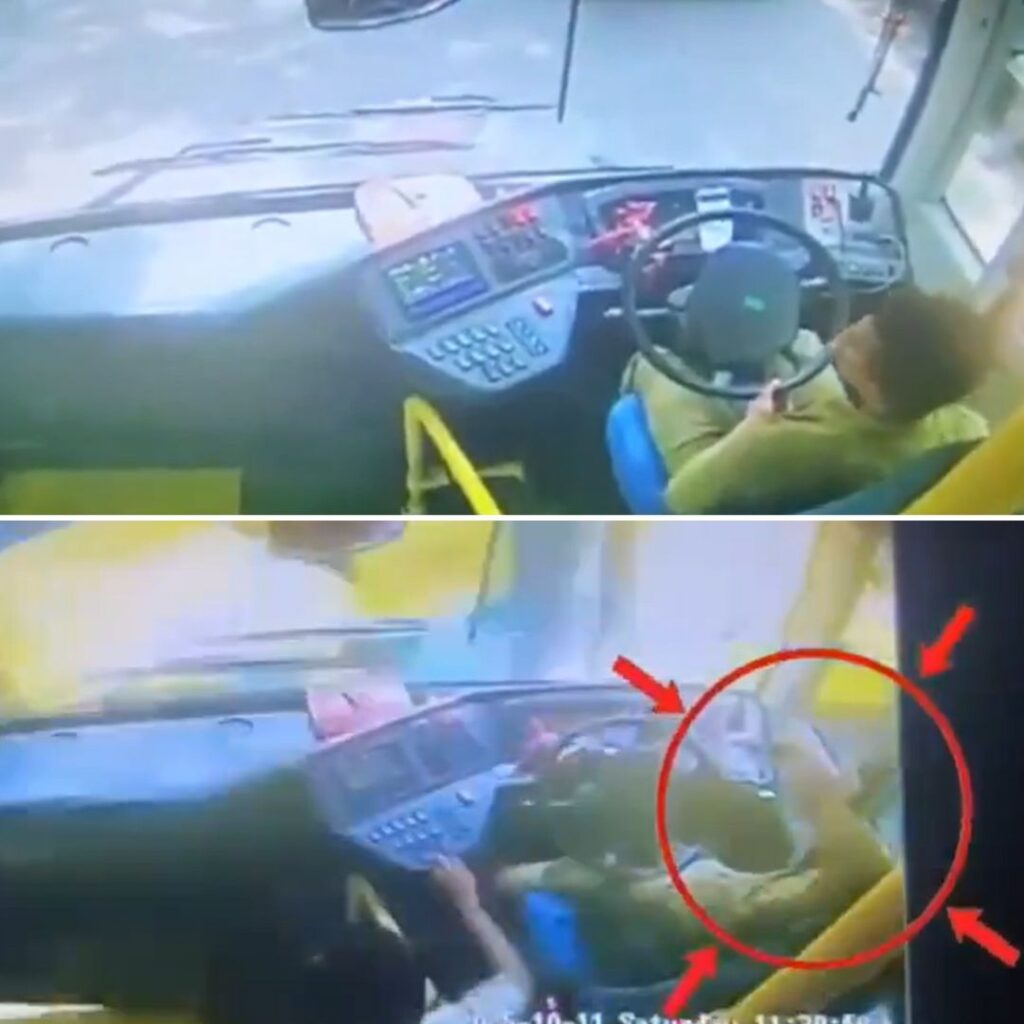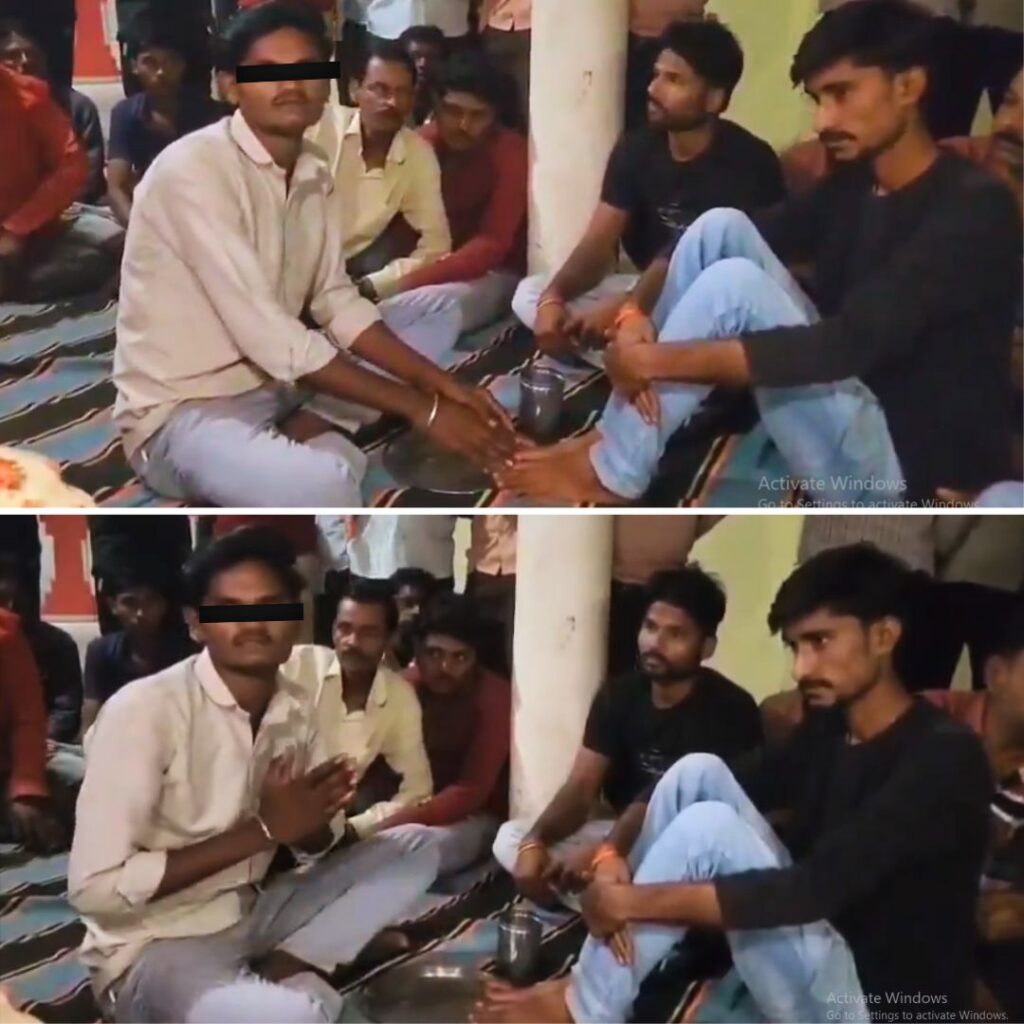The steel flyover in Bengaluru was doing its rounds in the news – and all for the wrong reasons. Not very long ago, in March, the steel flyover was successfully pulling the city apart. It was being built from Chalukya to Hebbal in order to tackle the congested traffic situation. The steel flyover was proposed unclog the traffic for vehicles plying towards the new airport.
This incident instantly created a massive stir among the citizens of Bengaluru.The budget for the flyover was high and it was only private vehicles that could benefit from the steel flyover. The Bangalore Development Authority (BDA) was not divulging the details of the project and no detailed project report was accessible to the citizens. There were no clear understanding as to why the government was building the exorbitantly estimated flyover. Even the Metropolitan Planning Committee, which is the overarching planning body of Bangalore, wasn’t involved at any point of time during planning of the project. The project was also being built at the cost of 812 trees and destruction of many heritage spots apart from paying a hefty sum of a whooping Rs 1,791 crore.
This construction of the flyover enraged citizens beyond limits and the like-minded ones got together to form a group, Citizens For Bengaluru. The likes of Tara Krishnaswamy, Srinivas Alavilli and Prakash Belwali were joined by several others to form the group. They signed a petition on change.org to challenge the government’s decision to construct the steel flyover that would not only exhaust funds from the public exchequer but also lead to even worsened traffic scenario at the exit points.
The movement
When The Logical Indian spoke to Tara Krishnaswamy, a co-ordinator of the movement, she said “The problem of traffic congestion does not fade away by building a flyover. The government should invest heavily in public transport and bus systems so that common people found it easier to commute. To ensure that the government heard our pleas and paid heed to them, we had to hit the roads and organise protests.”
Volunteers protesting against the steel flyover
Volunteers from all corners of the city gathered together to materialise the movement. They worked in mobilising the public at community levels. People were motivated to stand up for a cause which was not confined to a particular locality. It was a cause which struck a chord with the entire city, bringing all the people together for a common cause.
“It wasn’t issues based on individual locality, like, for example, the Bellandur lake cleaning. It was a cause which all Bangaloreans stood up for,” said Tara.
A human chain was formed on March 9 as a sign of protest against building the bridge. 10,000 people had joined in solidarity with the human chain which started at Chalukya. This motive peaceful protest later gained bigger momentum as the organisers moved the matter to the concerned authorities.
The movement gained support and finally championed for its cause. The National Green tribunal ruled against building the flyover in November and even Chief Minister of the state came out in support of not building the flyover. “We gained success. A the CM said, if people don’t want the flyover, why should we build? This led to stalling the flyover.”
Chuk Buk Beku Movement
With immense public support at their disposal, Citizens For Bangalore wanted to mobilise towards a relevant cause. They wanted to draw the attention of the authorities towards the suburban trains which were plying across fifteen stations in and around Bangalore. ChukBukBeku Movement gathered equally massive momentum and a Rail Yatra was launched. The trains were taken up as main field of intervention since if the suburban trains were restored to a better situation then at least 25% of the traffic would easily be off-road. The Movement’s objectives were to increase the number of trains and improve the conditions of the existing trains. This would certainly make the traffic situation in the city less congested.
Volunteers protesting, the Chuk Buk Beku Movement
The Chuk Buk Beku movement gained importance as MLAs and MPs spoke about the same when Union Minister for railway Suresh Prabhu visited the city. The Chuk Buk Beku movement achieved success as two trains were allotted for suburban railways and Rs 300 crore was assigned for the same.
Bus Bhagya Beku This Beku movement then made its focus on buses. Quite similar to their demand for increasing the number trains, they now demanded an increase in the number of buses as buses are the lifeline of Bengaluru. Public transport in Bengaluru is way more expensive than any other city around the country. In Chennai, Kolkata and even Delhi, bus tickets are way more cheap. Cheaper bus tickets shall make public transport more viable for many people in the city and it would effectively help in taking several vehicles off the road. As more people would take recourse to public transport, t…











